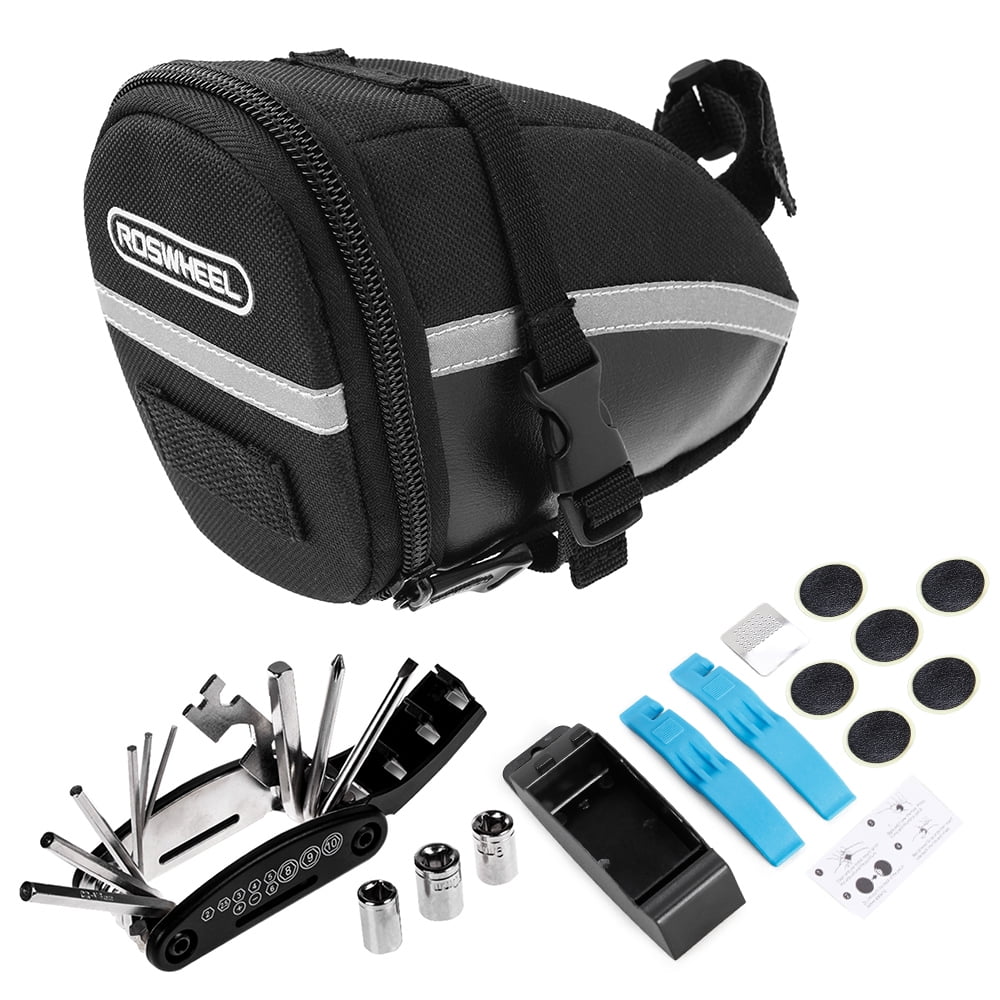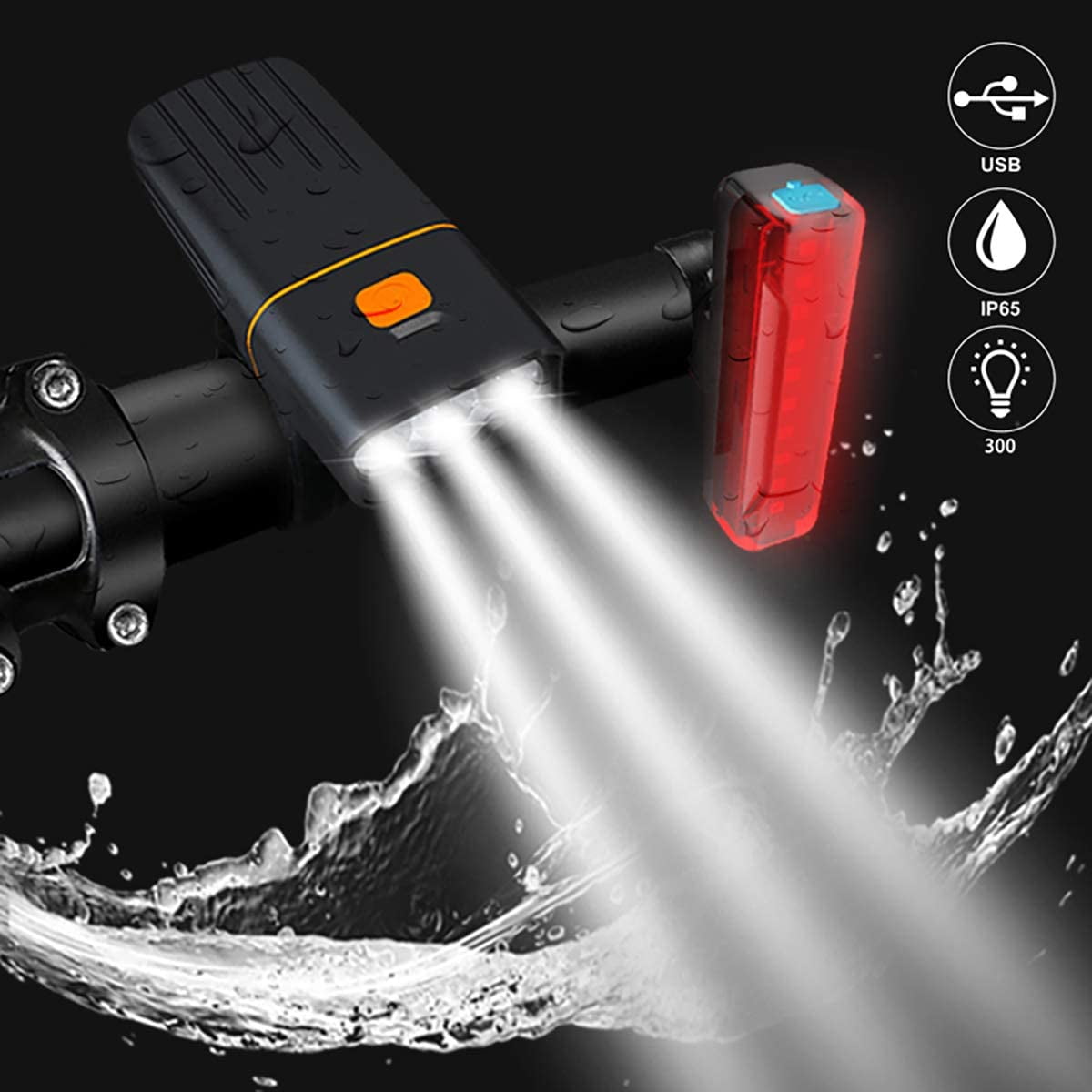

Register binding extensionsīecause you're using an Azure Cosmos DB output binding, you must have the corresponding bindings extension installed before you run the project. Most of the downloaded settings aren't used when running locally. This downloads all of the setting from Azure to your local project, including the new connection string setting. Select Yes to all to overwrite the existing local settings.
#Biscale function rcode download
Press F1 again to open the command palette, then search for and run the command Azure Functions: Download Remote Settings.Ĭhoose the function app you created in the previous article. Now, you can download this setting to your file. This creates an application setting named connection CosmosDbConnectionString in your function app in Azure. Paste the connection string of your Azure Cosmos DB account you just copied. Provide the following information at the prompts: PromptĮnter value for "CosmosDbConnectionString" Press F1 to open the command palette, then search for and run the command Azure Functions: Add New Setting.Ĭhoose the function app you created in the previous article. In Visual Studio Code, right-click (Ctrl+click on macOS) on your new Azure Cosmos DB account, and select Copy Connection String. You then download the new setting to your file so you can connect to your Azure Cosmos DB account when running locally. To connect to your Azure Cosmos DB account, you must add its connection string to your app settings.
#Biscale function rcode update
In this article, you update your app to write JSON documents to the Azure Cosmos DB container you've just created. In the previous quickstart article, you created a function app in Azure. Select OK to create the container and database. Select the Azure icon in the Activity bar, expand Resources > Azure Cosmos DB, right-click (Ctrl+click on macOS) your account, and select Create database.Įnter the partition key for the collection Use the location that's closest to you or your users to get the fastest access to your data.Īfter your new account is provisioned, a message is displayed in notification area.Ĭreate an Azure Cosmos DB database and container Select a geographic location to host your Azure Cosmos DB account. Select a resource group for new resourcesĬhoose the resource group where you created your function app in the previous article. Select Serverless to create an account in serverless mode.

The account name can use only lowercase letters, numbers, and hyphens (-), and must be between 3 and 31 characters long. Learn more about the Azure Cosmos DB SQL API.Įnter a unique name to identify your Azure Cosmos DB account. Provide the following information at the prompts: PromptĬhoose Core (SQL) to create a document database that you can query by using a SQL syntax. then in the command pallete search for Azure Databases: Create Server. In Visual Studio Code, select View > Command Pallete. To use Azure Cosmos DB in serverless mode, choose Serverless as the Capacity mode when creating your account. This consumption-based mode makes Azure Cosmos DB a strong option for serverless workloads.

Azure Cosmos DB serverless is now generally available.


 0 kommentar(er)
0 kommentar(er)
